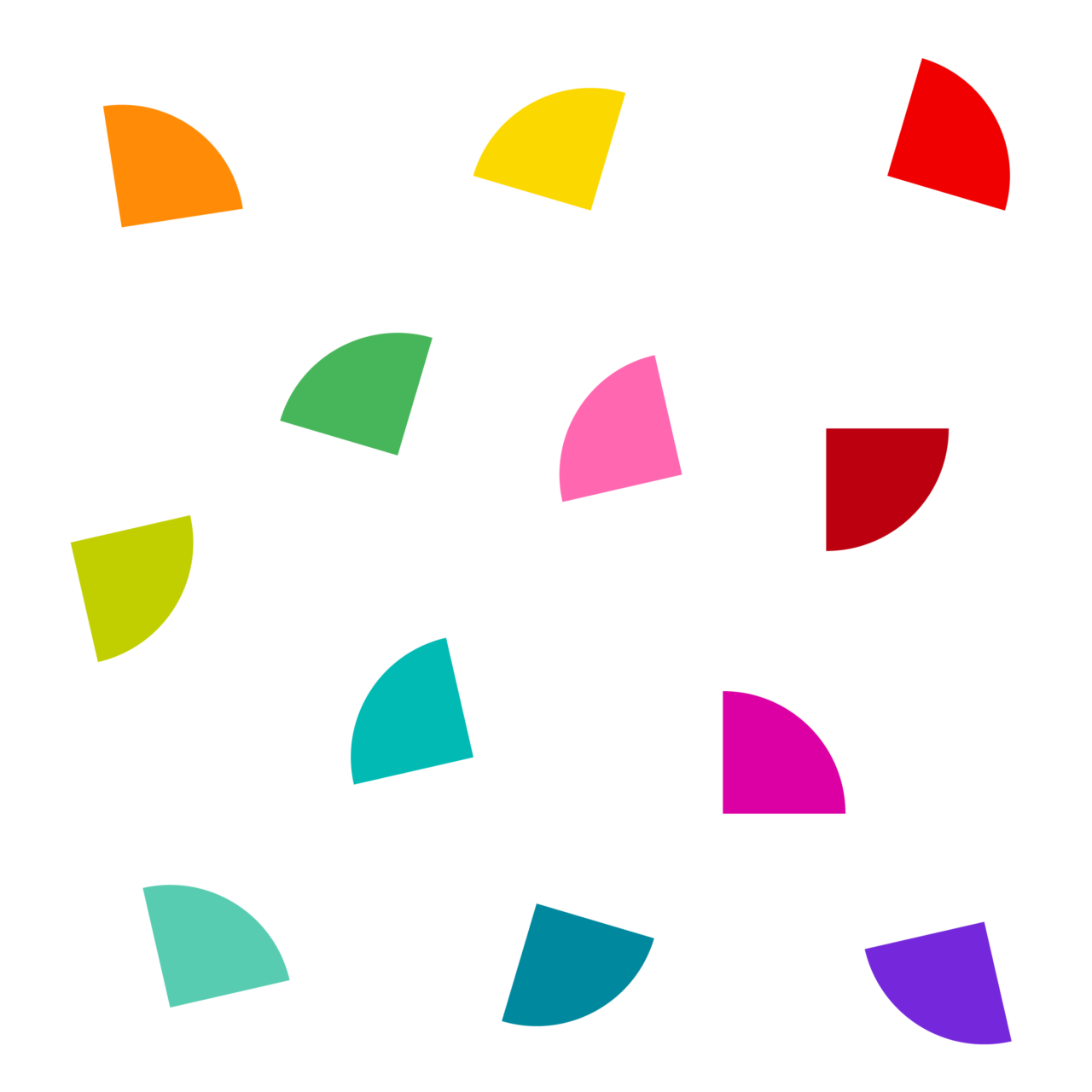Brand Guidelines

Key Objectives
➔ Create a visual identity to help students and faculty develop a common understanding of the twelve Champlain College Competencies.
➔ To visually break down dense, information-focused content into a design system catered toward unfamiliar users.
Information-Centered Design
➔ This is a highly information-centered project which has a key focus on providing information to a user, and allowing them to find their desired information with minimal effort.
➔ Twelve distinct competency colors were selected as a method of information wayfinding; where a color can be used as an accent to draw the eye to information relating to a particular topic.
➔ A focus has been placed on making navigating this large quantity of information as seamless as possible, through alphabetization, color wayfinding, and the use of page-specific sticky navigation on the website.
Logomark
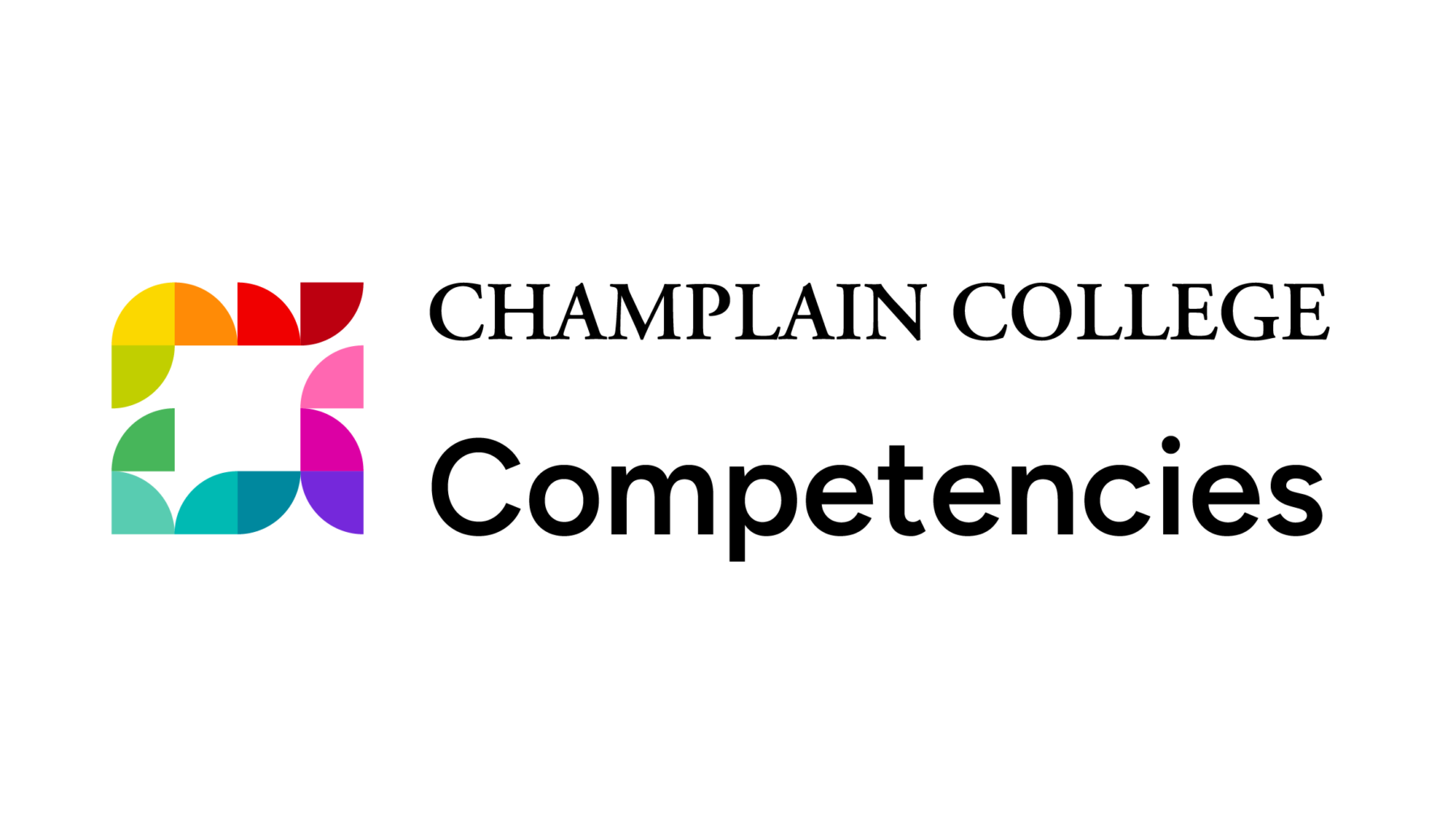
Fonts

Color Usage
